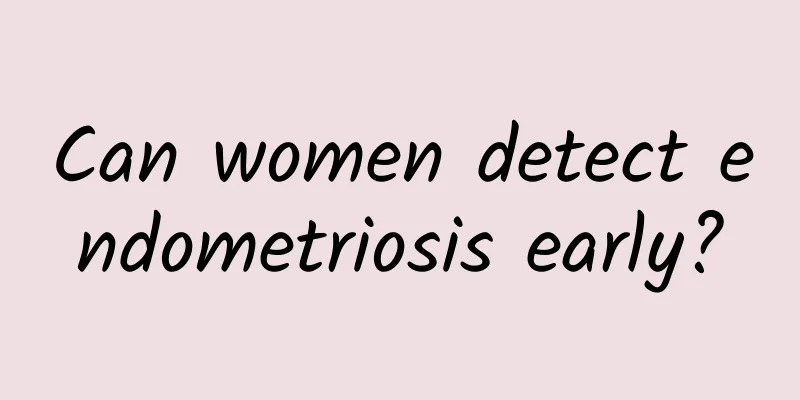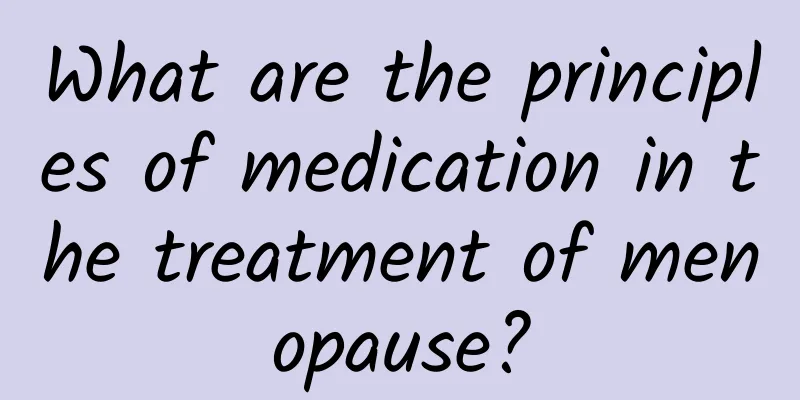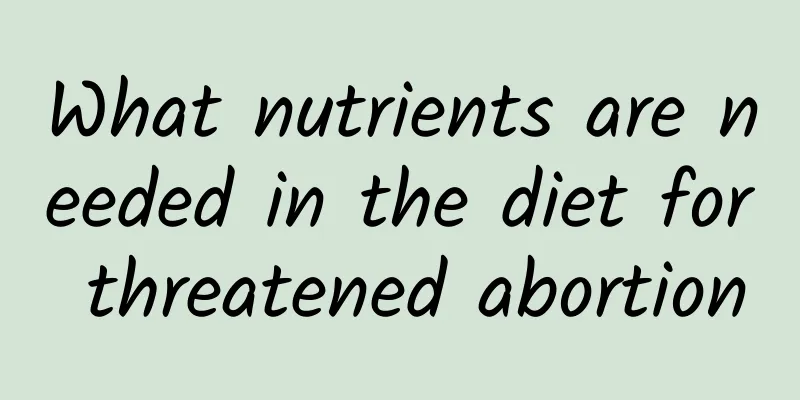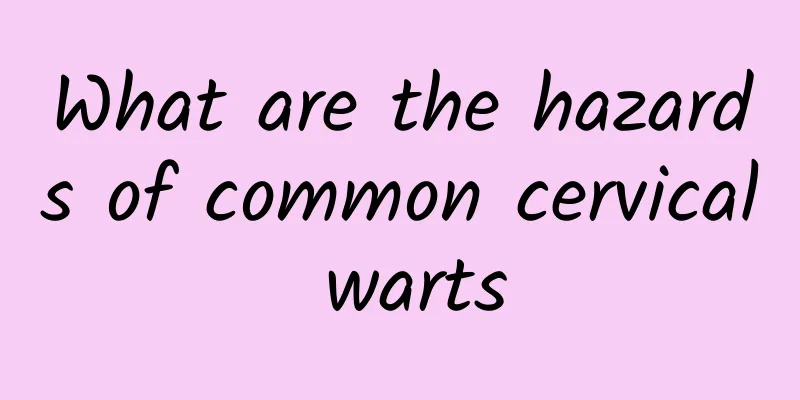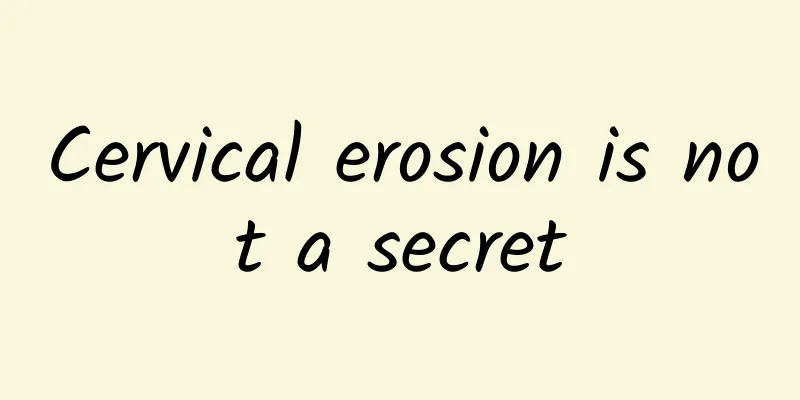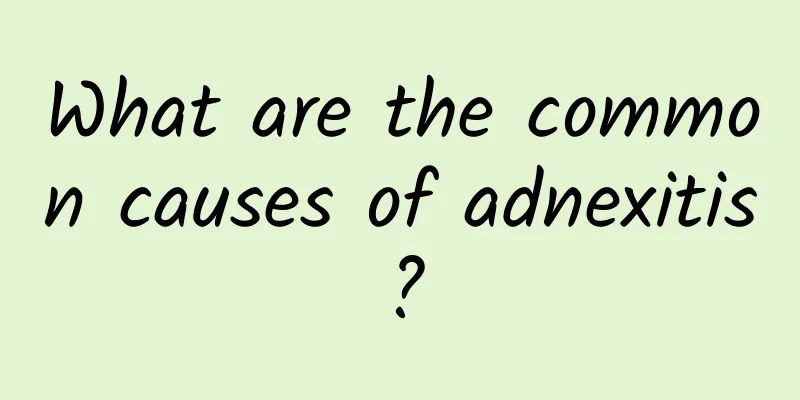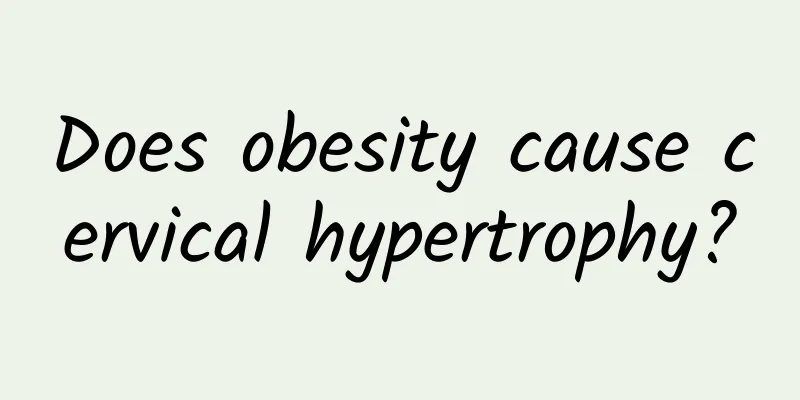Is it easier to gain weight by eating vegetables than by eating meat? ! Nutritionist: Don’t make these three mistakes when eating vegetables
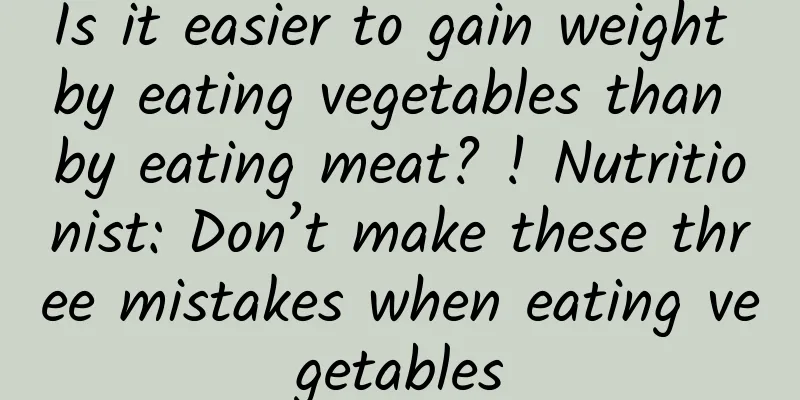
|
When it comes to successful weight loss, in addition to a balanced diet, you must consume more vegetables and increase dietary fiber. So, some people eat vegetables as their staple food, or drink vegetable and fruit juice instead of eating fruits and vegetables, thinking that this will prevent them from gaining weight. But is it really possible to avoid gaining weight this way? Have you heard that eating the wrong vegetables can make you fatter than eating meat? Nutritionist Huang Pinxuan reminds us that there are 3 common misconceptions about vegetables that should be avoided. Don’t let the tragedy of getting fatter by eating more vegetables happen again and again! Don't make these three mistakes when eating vegetablesMistake 1: Eating vegetables as a staple foodTip: There are some foods that are often mistaken for vegetables. In fact, they are whole grains and root vegetables with high starch content. For example, pumpkin, taro, yam, etc. have high starch content. Do not eat too much of them, or even eat them as a substitute for your daily staple rice, as that would be no different from eating the staple food. Pumpkin, taro, yam and other vegetables have high starch content, so don't eat too much. Are pumpkin, taro, yam, etc. really vegetables? Plants such as pumpkin, taro, and yam are often mistaken for vegetables, but the classification of whole grains and root vegetables is actually based on the amount of carbohydrates they contain. According to the food exchange table, a serving of whole grains and root vegetables, such as 1/4 bowl of white rice, contains a total of 15g of carbohydrates, while a serving of vegetables contains only 5g of carbohydrates. Because their carbohydrate or starch content is higher than that of ordinary vegetables, they are classified as whole grains and root vegetables. Are red beans and mung beans also vegetables? Common beans include red beans, mung beans, and pinto beans. Because they have the word "bean" in their name just like green beans and snow peas, they are often considered to be green vegetables. But in fact, they contain more starch than ordinary vegetables. After being cooked, the calories in a bowl of them are actually equivalent to a bowl of white rice. Therefore, when choosing side dishes for lunch boxes, you should pay special attention to this type of side dishes. If you choose dishes with high starch content such as steamed pumpkin and fried corn cubes, or after-meal soup such as red bean soup, mung bean soup, sweet potato soup, etc., remember to reduce the amount of staple food. Mistake 2: Cooking vegetables the wrong wayTip: Not all vegetables can be eaten raw after washing. Like eating salad, most vegetables must be cooked. The process requires adding oil, salt and other seasonings. If fried or deep-fried, the calories will double. Not all vegetables can be eaten raw after washing. Like salad, most vegetables must be cooked. Oil, salt and other seasonings need to be added during the cooking process. If fried or deep-fried, the calories will double. Taiwanese people are used to eating hot food, so vegetables are often cooked instead of being eaten raw like in Western countries. When cooking, such as stir-frying, frying, or deep-frying, more oil, salt, sugar, and other seasonings are added during the process. Or even stewing, because starch is added to thicken the food, the oil and seasonings added to the seasoning are more likely to adhere to the food. This will double the calories of vegetables after cooking. Vegetables are divided into three categories according to the amount of oil used: Mistake 3: Drinking fruit and vegetable juice instead of eating fruits and vegetablesTip: In order to save time, or thinking that they can eat a variety of fruits and vegetables at one time, many people like to blend vegetables and fruits together into juice to drink. But why do they end up getting fatter the more they drink? It turns out that drinking fruit and vegetable juice does not equal eating fruits and vegetables. Nutritionist Huang Pinxuan said that people are busy with work nowadays, and many people choose to drink vegetable juice, thinking that it can quickly replenish the fiber and nutrition of fruits and vegetables. But in fact, drinking vegetable and fruit juice is not the same as eating fruits and vegetables! Why? This is because many fruit and vegetable juices add a lot of extra sugar in order to cover up the taste of vegetables, earthy flavors or sour fruits, which will make us unknowingly consume too many calories from refined sugar. In addition, some fruit and vegetable juices will filter out the residue for the sake of taste, which is the source of fiber in fruits and vegetables, reducing the effectiveness of vegetables in promoting intestinal health. Therefore, if you want to consume fruits and vegetables, it is recommended to eat them directly. If you still want to drink fruit and vegetable juice, you must be careful not to add extra sugar and do not filter out the fruit and vegetable residues so that you can eat the fiber of the vegetables together, avoiding extra calories and reducing fiber intake. |
Recommend
Overweight 15kg after overeating, local liposuction to improve body shape
A 25-year-old woman who works part-time as a show...
What are the early symptoms of cervical erosion in women? Three common symptoms of early cervical erosion in women
Cervical erosion is one of the common diseases an...
Treatment of adnexitis requires both medication and supportive care
The treatment of adnexitis is generally to carry ...
How to treat uterine fibroids in women? Precautions for women with uterine fibroids
The uterus is a very important organ for women. W...
Bloggers love eating this way! Recipe for slimming face (Part 1)
Ai Ai Wo, who is not fat, once tried the legendar...
What bad living habits cause irregular menstruation?
Irregular menstruation is a common gynecological ...
What should be paid attention to in the treatment of bacterial vaginosis
Bacterial vaginosis causes many symptoms in patie...
Brief analysis of several common nursing points for vulvar leukoplakia
Correct care of vulvar leukoplakia is very import...
Experts analyze common early symptoms of uterine fibroids
Many women are very concerned about the symptoms ...
What are the traditional Chinese medicine treatments for uterine fibroids?
Uterine fibroids are the most common benign tumor...
Will a hysterectomy cause pelvic inflammatory disease?
Will a hysterectomy cause pelvic inflammatory dis...
How much does the 6-item test for hyperprolactinemia cost?
How much does it cost to complete the six tests f...
What to do if infection occurs after abortion
Post-abortion infection occurs within 1 to 7 days...
What are the symptoms of chocolate ovarian cysts?
Chocolate ovarian cyst is a "lump" but ...
Prevention of chronic pelvic inflammatory disease includes several aspects
We need to be particularly aware of the preventio...

